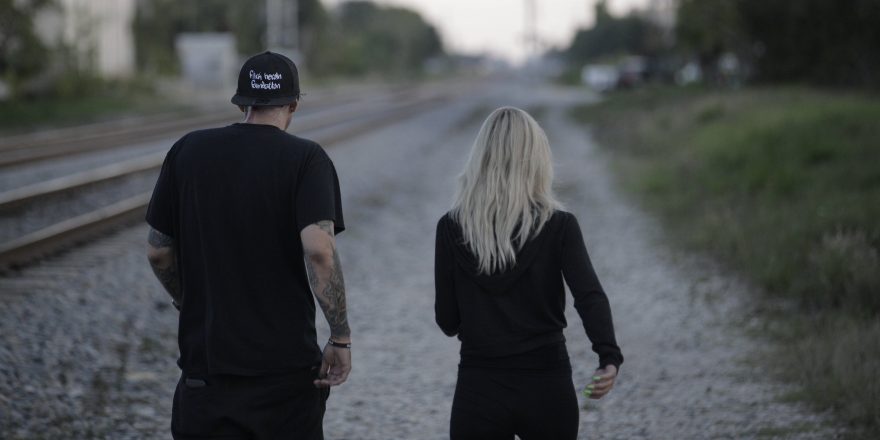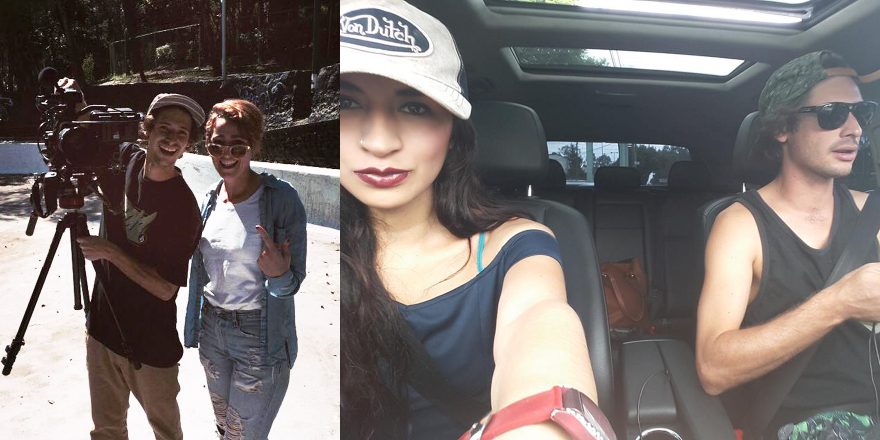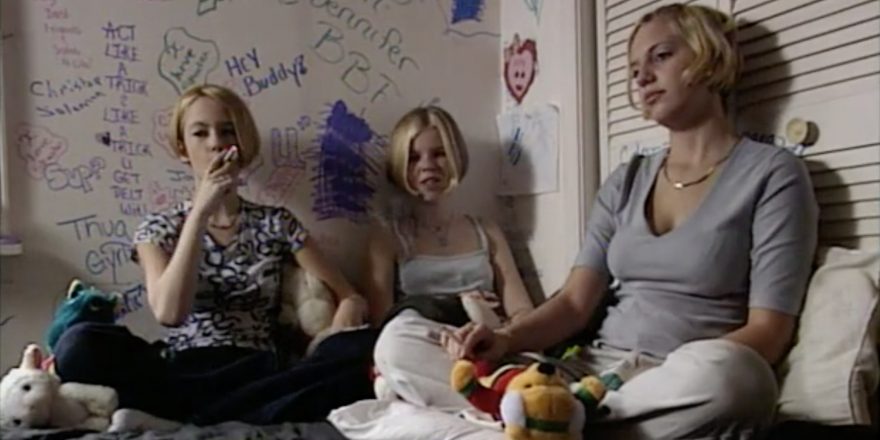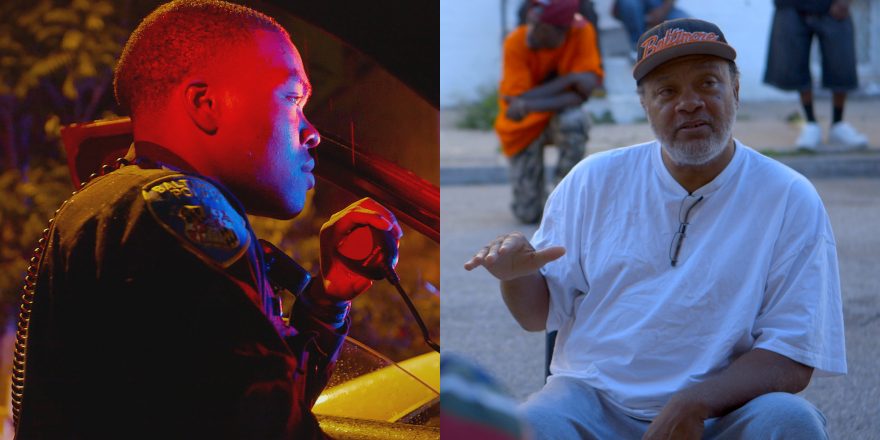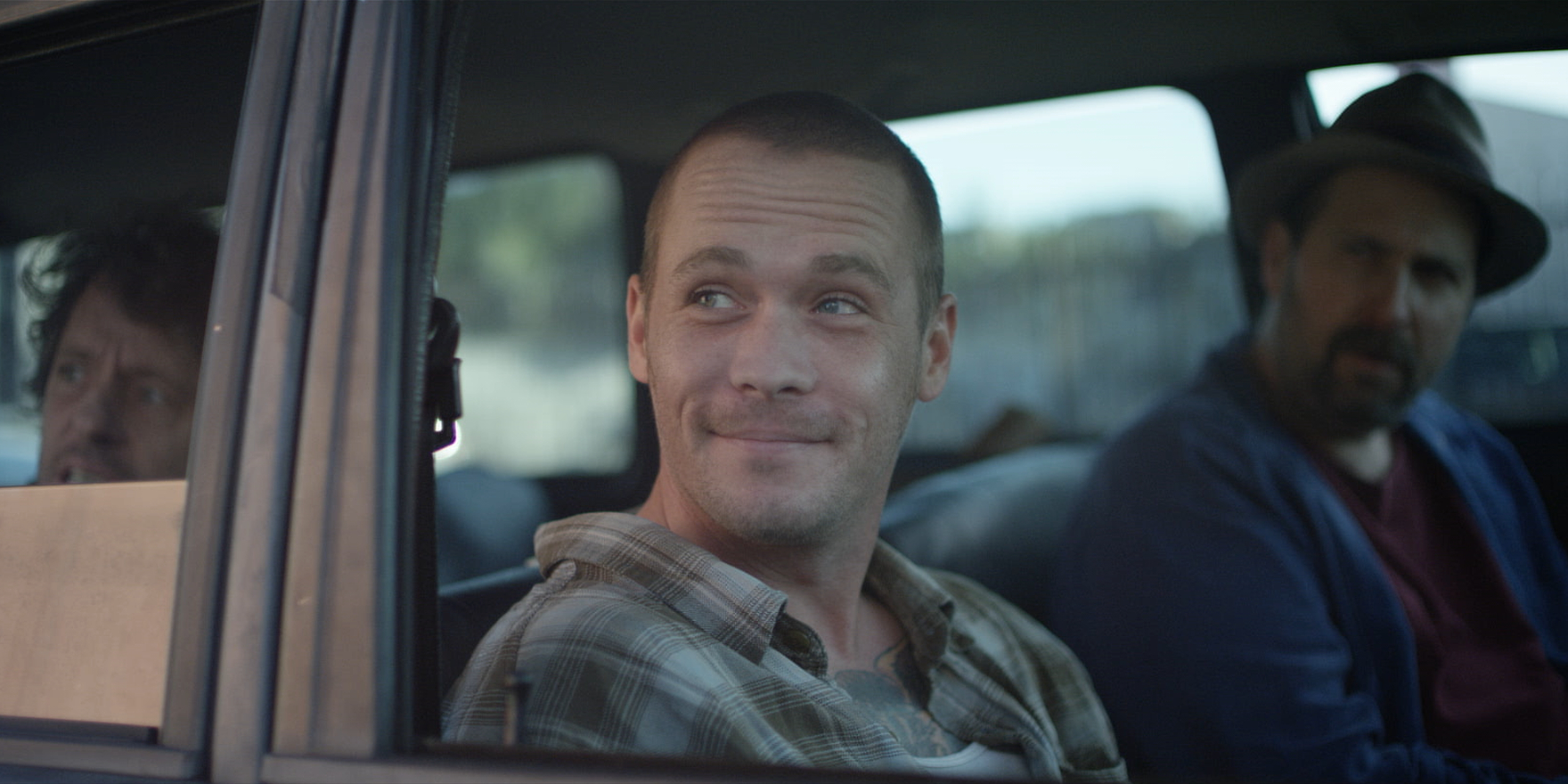American Relapse is a ripped-from-the-headlines documentary about the heroin epidemic and the corrupt underground rehab industry that has sprung up around it in Southern Florida. The film is my first feature and about a subject very close to my heart. Like many people in this country, I’m affected by drug addiction as I have friends and family members who are battling the disease.
When faced with the reality of addiction, most people want to look away. We have a fear of the truth. When a person who is struggling with addiction takes a needle and plunges it into their vein, that’s the truth. We can choose to look away, or have an honest conversation. Making this film, I didn’t have the option of looking away – and I was forced to confront some challenging, heavily debated questions. The most difficult of those: what is our responsibility as filmmakers and storytellers when documenting potentially lethal situations?
We didn’t want American Relapse to be told from the perspective of those at the top – the politicians, the doctors, the experts with PhDs, or people in law enforcement – but rather those at bottom, the people struggling day-to-day with addiction. Along with my co-director Adam Linkenhelt and executive producers Ian Manheimer, Jaime Manheimer and Stacy McPeak, I strongly felt that when policy change about addiction treatment occurs from the bottom up, it is most powerful. Couple that with Americans better understanding the precarious situation addicts are in, and you have a forceful, impactful combination.
With American Relapse, we wanted to start a frank, unfiltered conversation about addiction and addiction treatment in the U.S. In order to properly document and depict what is happening in the streets, you need to capture the truth and push viewers out of their comfort zone. If we’re not willing to force people to open their eyes and witness what’s really go on, what’s the point – why even make the film?
Prior to filming American Relapse, I realized I needed to be fully committed in my belief that documenting someone engaged in this behavior was the right thing to do. Making this film wasn’t something I was going to do lightly, and I wanted to have a clear conscience at the end of it. I didn’t want to emotionally scar myself or finish this project with blood on my hands. I had to ask myself, how far was too far? Could I watch people risk their lives to complete a documentary that I felt was an important part of initiating change?
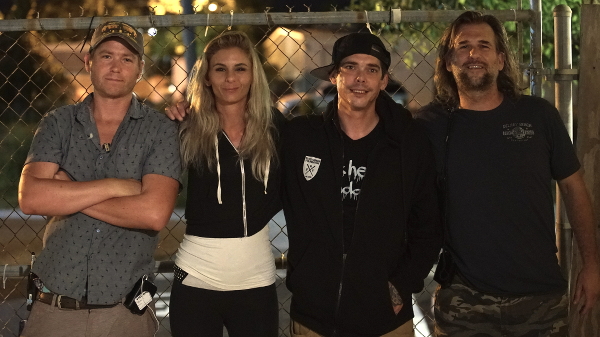
When confronted with the issue of filming people about to inject a drug that is causing an epidemic of overdoses and deaths, what sort of ethics do you take into consideration? What’s your responsibility as a human and as a filmmaker? Where the hell is your moral compass? In my case, I believe there is a fine line between exploitation and creating a deeply human portrait of suffering. I always aim for humanity, even if my actions don’t always reflect that.
In thinking about this film, I considered other documentarians who had similarly ridden a fine line to capture access, unfiltered footage, and the blunt truth, and remembered a group of conflict photographers known as the Bang Bang Club. This group shot and documented South Africa during the transition from apartheid to democracy; “Bang Bang” is a colloquialism used by conflict photographers that refers to the sound of gunfire. These storytellers put themselves in extreme, life-and-death situations to provide the world with important evidence of what was happening in the country at that time. Most people don’t want to go to the frontlines, but when harsh realities are captured and presented for the world to see, it forces people out of their comfort zone – and that’s when real change can occur.
For American Relapse, we wanted to create a film which could make an outsider understand the dark depths of addiction. Looking away or turning off the camera wasn’t really an option for us. We had to show everything, even if it was disgusting or terrified us. We didn’t want to tell the audience how to feel, we were simply following our protagonists Frankie and Allie – two recovering addicts trying to help other addicts get treatment – wherever they went. If they went to the tracks, we went to the tracks.
My co-director Adam Linkenhelt, cinematographer Mike Goodman, camera operator Greg Taylor and I came up with the most sensible ground rules we could. If someone was nodding off and started to overdose, and either Frankie or Allie were present, we would continue to roll cameras, follow their lead, and stay the course. However, if Frankie and Allie were not present, and someone started to go into the throes of an overdose, we would immediately call 911 and follow the instructions of the EMT. Also, for additional safety we always carried Narcan, a nasal spray used for the emergency treatment of a suspected opioid overdose.
The American Relapse team became very close with Frankie and Allie. In fact, we continued to tell their story when Viceland greenlit us to do a TV series, Dopesick Nation. One thing we have discussed at length is how much drug use we should show in each episode moving forward. The best answer I can provide is that after having spent almost three years working on American Relapse and Dopesick Nation, viewers sometimes need to see the needle to understand the vile ugliness of this subject. At the same time, you can just as easily capture the pain of this disease by filming the hopelessness in someone’s eyes.
Told from the perspective of Frankie and Allie, American Relapse speaks the language of those who are suffering. The world of addiction is not pretty or clean, but it needs to be presented fairly and accurately. Addicts shoot deadly heroin laced with fentanyl into their bodies and people are dying at staggering rates. People need to see what’s really going on if we’re going survive this epidemic.
In my heart, I feel my team and I made the right decision on how to film American Relapse. We’re forever grateful to those battling for their lives who have trusted us to tell their story with dignity.


